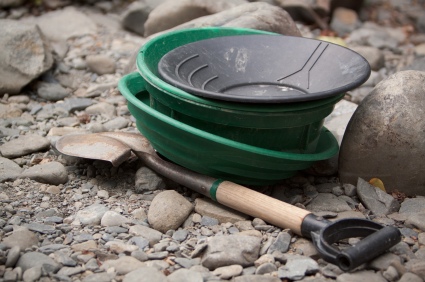The Bonsai Album v1.5 update is now available on the App Store for iPhone, iPad, and iPod touch.
Bonsai Album makes keeping track of your bonsai or penjing collection easy, whether you’re new to bonsai, a collector, a dealer, or even a bonsai master.
This update contains the following changes:
- Added Japanese localization
- Added Italian localization
- Added Spanish localization
- Added page breaks to Bonsai Report to prevent page overruns when printing
- Bug fixes
If you’re enjoying the app, please take a moment to rate or review it on the App Store!
You can learn more about Bonsai Album at my website or on the Bonsai Album Facebook group.
 You’ve all seen the breathless media reports covering the stunning success of writers like
You’ve all seen the breathless media reports covering the stunning success of writers like